Every four years, Brea Olinda High School’s history teachers are confronted with a challenge unique to their department: teaching government and politics during a presidential election.
As the Nov. 5 election looms, students in United States history and government classes have been engaging election-related content in a variety of ways, such as participating in mock elections, discussing each candidate’s policies, watching candidate debates, and learning about the electoral college.
Adding extra content to an already-impacted curriculum is one challenge history teachers encounter, but another challenge amidst the lectures and hands-on learning is two-fold: guiding students with opposing viewpoints through civil discourse, and refraining from sharing their own opinions about the candidates and the candidate’s policies.
It’s not just a matter of etiquette, but also school policy.
Brea Olinda Unified School District’s (BOUSD) Policy 6144 reads, “instruction shall be presented in a balanced manner, addressing all sides of the issue without bias or prejudice and without promoting any particular point of view” and “in leading or guiding class discussions about issues that may be controversial, a teacher may not advocate his/her personal opinion or viewpoint.”
In an email sent to BOHS faculty on Sept. 24, Joey Davis, principal, echoed the district policy: “Many of us share our own political views with our friends and family, but as a reminder, we need to remain objective and avoid sharing our own political views with our students.”
But when instruction involves controversial topics that inspire heated debate (such as immigration, the economy, and abortion), and candidates that represent two very different visions for the country in former president Donald Trump and his running mate, Ohio senator JD Vance, and Vice President Kamala Harris and Minnesota governor Tim Walz, history teachers are expected to remain objective, to promote fairness.
For teachers who have deep-rooted beliefs and opinions, this is easier said than done.
To better understand the instructional and personal challenges of teaching during presidential elections, the Wildcat interviewed four BOHS history teachers: Jill Maytuch, Government; Brittany Kurtz, Government and World History; Kate Caprine, U.S. History and Government; and Brian Schlueter, Advanced Placement (AP) U.S. History and U.S. History.
Jill Matyuch U.S. Government Teacher
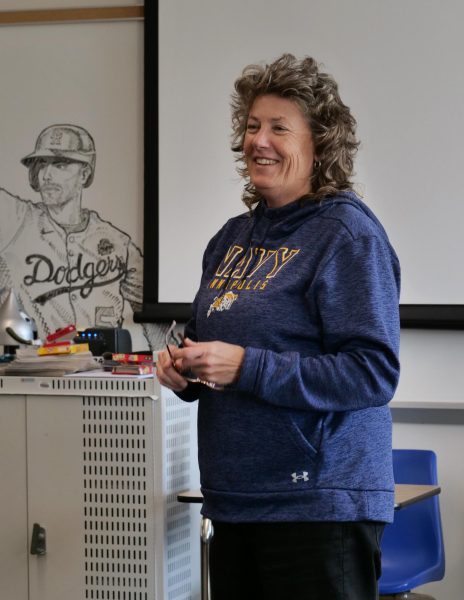
Wildcat: Tensions are often high during presidential elections. How do you navigate teaching government and history during election seasons?
Matyuch: I just try to keep my opinions to myself, pay attention to left- and right-leaning media sources, and be educated on what is being said. When students ask me what I think, I refuse to tell them. It is not my place to try to influence a student during their compulsory education.
However, I do expect my students to support their own views in a respectful manner. There is no place for “mudslinging” in a classroom. Even in our class [mock] election, students are not permitted to use name-calling during their campaigns.
Wildcat: Has your instruction during elections changed over the years? Why?
Matyuch: Absolutely! We used to share news sources over public airwaves. We used to agree on the news and facts. With social media and cable, we don’t even agree on the same facts anymore. Our views can be polarizing and we tend to pay attention to the media sources that support our points of view.
It would benefit society if we all put a little more effort into understanding each other and actually made sure that what we are hearing and repeating can be substantiated.
Brittany Kurtz U.S. Government and World History Teacher
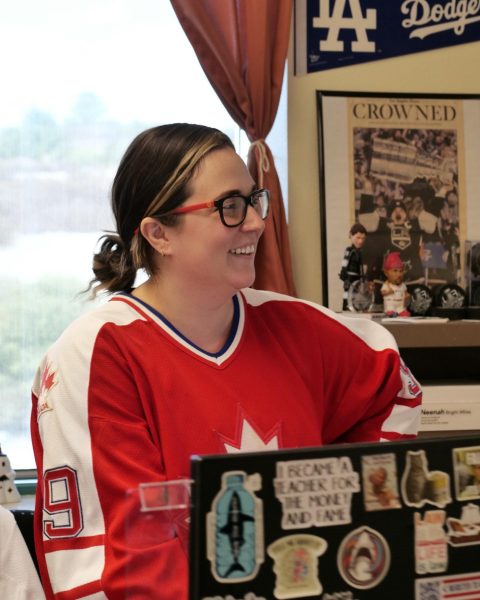
Wildcat: Tensions are often high during presidential elections. How do you navigate teaching government and history during election seasons?
Kurtz: I pride myself on teaching my history classes from a nonpartisan standpoint. I always strive to provide both sides of the argument. I can gladly provide positives and negatives or pros and cons for every argument. My job as a teacher is to not teach students what to think, but how to think — how to use their brains so they come up with their own evidence-based opinions or be able to decipher the difference between fact and opinion.
I know tensions can be high during this time, but I find that a lot of people who have very strong opinions that lean to the right or left are not willing to listen to the other side and are usually looking for a reaction, not a solution. I encourage my students to listen, to ask clarifying questions, to provide evidence to their arguments and opinions, and to be respectful when they debate their political stance or beliefs.
At the end of the day, no matter who the president of the United States is, we should trust in the U.S. Constitution and our three branches of government. That doesn’t mean that our government system is perfect and that we shouldn’t strive to make things better. But whether people agree with this system or not, we have a two-party system and if one political party gets rid of the other then that would turn our nation into a one-party system (dictatorship). So regardless if the right or left want to get rid of each other in the name of “democracy,” that can’t happen and at some point, we have to learn how to listen to each other and shake hands “across the aisle” so that our nation isn’t so divided and we can move the country forward together instead of trying to tear each other apart.
I want every student to feel safe and comfortable in my classroom, but that doesn’t mean that everyone will all agree with one another, therefore making sure that everyone has respect for one another, regardless of differing opinions and beliefs, is something I enforce daily.
Wildcat: Has your instruction during elections changed over the years? Why?
Kurtz: Controversy and passionate opinions have always swirled around politics, so I’ve always taught this way, but I have had to change a lot of my executive branch and political party/campaigning lessons because of the 2016 election.
For example, in 2016, both Hillary Clinton and Donald Trump basically threw out the rule book when it comes to presidential campaigns and they both did things that would have never been accepted in previous elections. Prior to 2016, if a candidate’s behavior deviated in the slightest from what people expected, then they usually dropped out of the race (see the Howard Dean scream in 2004 and Michael Dukakis’s tank photo op in 1988, for reference). So the fact that presidential candidates on both sides of the aisle can do things that were not accepted prior to 2016, is definitely something that has changed my instruction.
One more thing that I have to teach in more depth is media bias. I already had a lesson on media bias but this one lesson has turned into multiple lessons because I want students to question most media outlets, to be able to point out their bias, and to be capable of fact-checking the news that is being delivered and shared from both sides of the aisle.
Kate Caprine U.S. Government and U.S. History Teacher
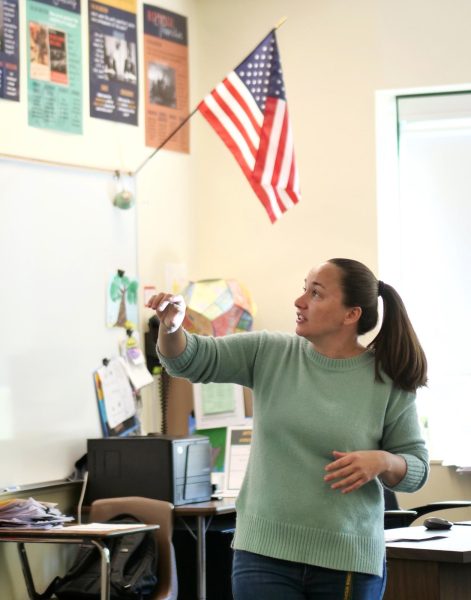
Wildcat: Tensions are often high during presidential elections. How do you navigate teaching government and history during election seasons?
Caprine: Elections can make politics (and society) seem very divisive. Some election cycles are more divisive than others, and unfortunately, this year seems to be one of those years.
My job is not to tell my students how to vote or to influence them in any way, so I do my best to keep things apolitical in my class. I always try to present multiple perspectives and arguments from both sides of the aisle and stick to the facts.
At the end of the day, I want my students to be independent thinkers that make their own decisions based on facts and to respect that not everyone is going to see issues in the same way.
Wildcat: Has your instruction during elections changed over the years? Why?
Caprine: Honestly, no. I try my best to keep things as apolitical as possible. It is not my job to tell my students what to think but to present facts and teach my students the skills they need to analyze information and form their own opinions.
Brian Schlueter AP U.S. History Teacher
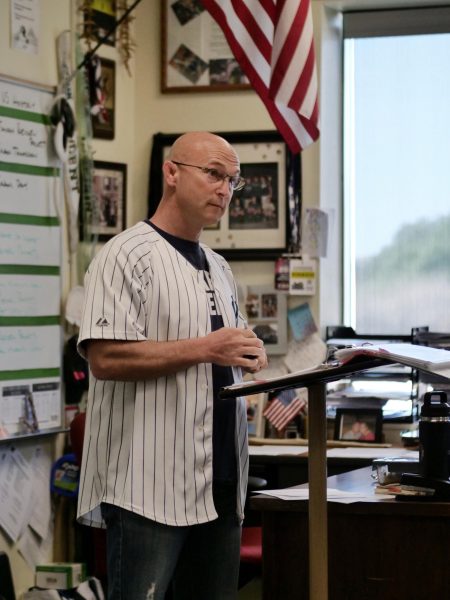
Wildcat: Tensions are often high during presidential elections. How do you navigate teaching government and history during election seasons?
Schlueter: Most students don’t necessarily 100% understand the process and why certain parameters were built throughout history to organize the election process and to solidify our representation. Our republic has evolved over history, so sometimes I feel like those tensions come from that.
The election is in early November and at that point, we are still in the earlier part of studying U.S. history, so we are still talking about the development of the republic and our constitution. I don’t get into the politics of current events, that isn’t my job. My job is to teach about things that have happened and try to provide perspective from a multifaceted angle of history. What matters is what the students think, and more importantly, do they think? For our republic to stay healthy and to be tested in the ways that it was built, it requires good, open-minded, academic debate. As long as they understand issues as they understand and the intricacies of those issues, then that helps.
Wildcat: Has your instruction during elections changed over the years? Why?
Schlueter: I feel my teaching hasn’t changed over the years due to the elections. What I want students to take away from my class is the history of our republic.
The thing I’ve learned from studying history for such a long time is it repeats itself very often. Today, and at many points in history, people can feed into the sensationalism of the media. When people understand the process of our republic and why different parameters are in place, it helps them grow more faith in the government that has steered us for over 200 years, protecting people’s rights, and creating a lively society of debate. It’s where the decorum of that debate deteriorates when problems can occur. So it’s important for students to be well-versed in subjects and to have access to all the facts and information as they come.
Compiled by Karla Yoell


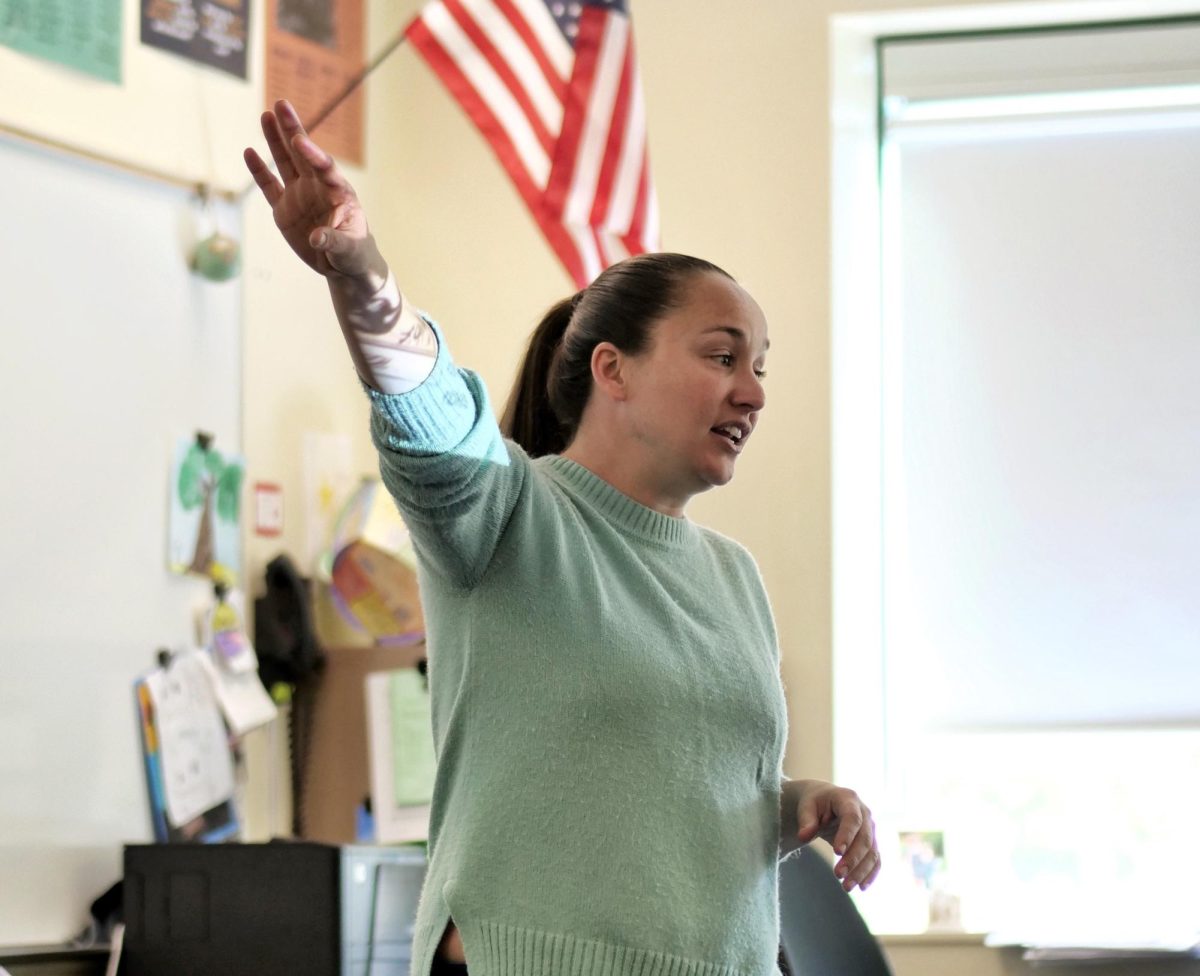

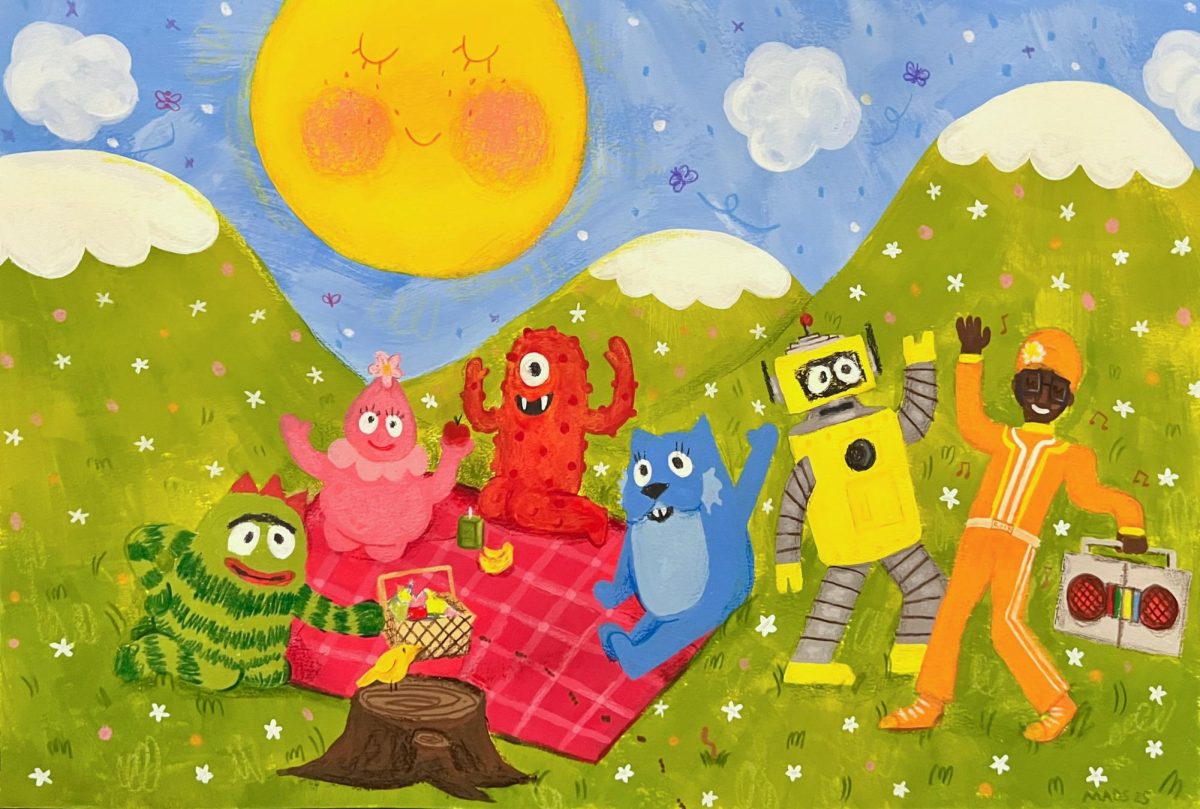
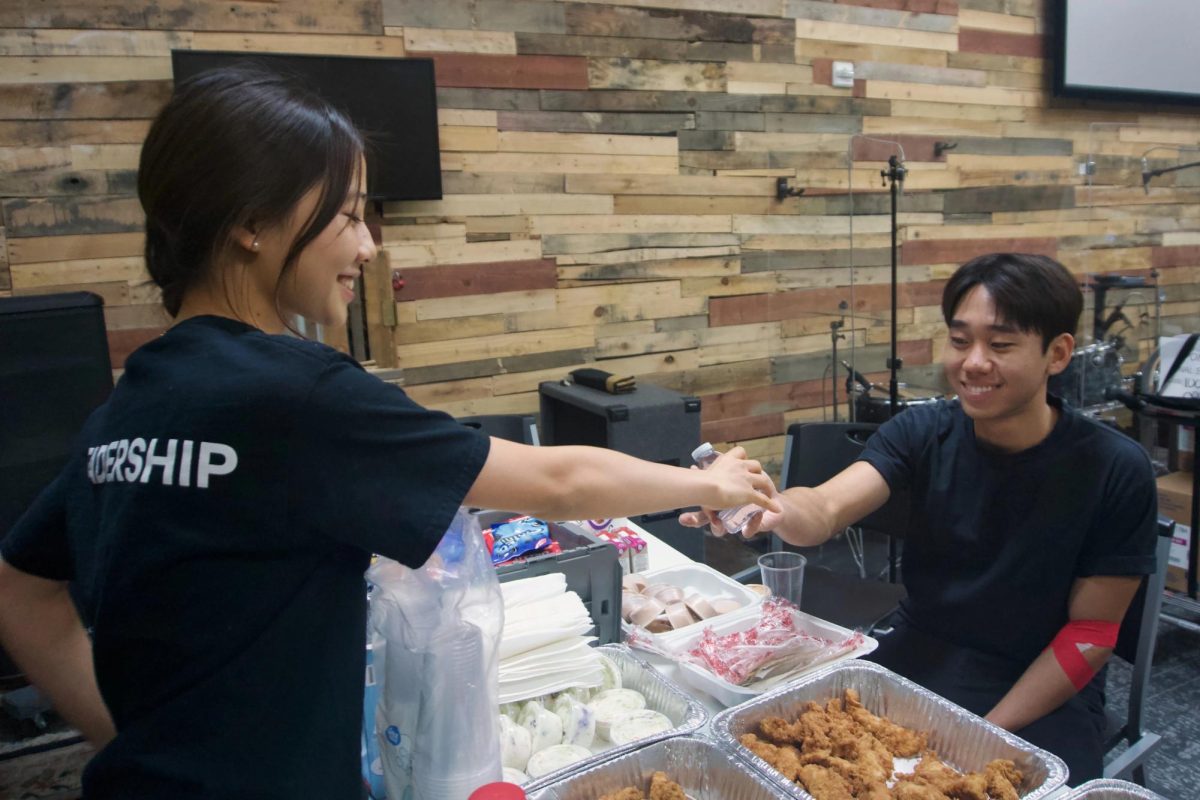
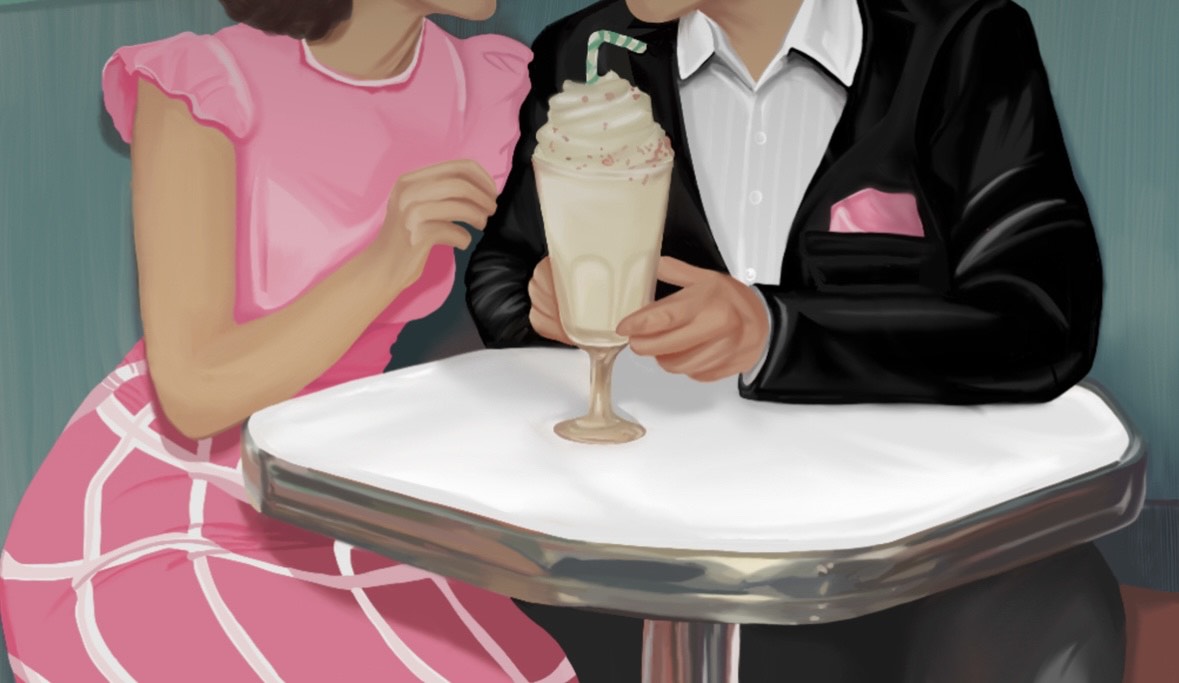
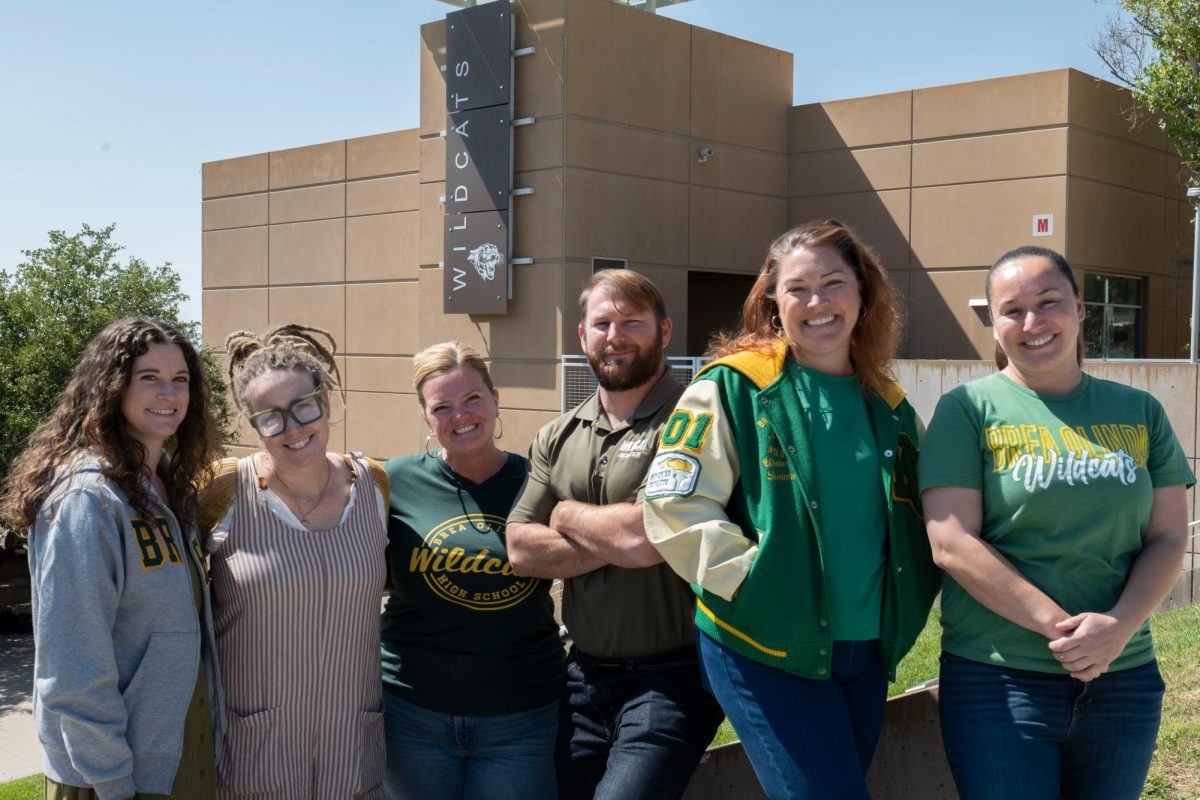
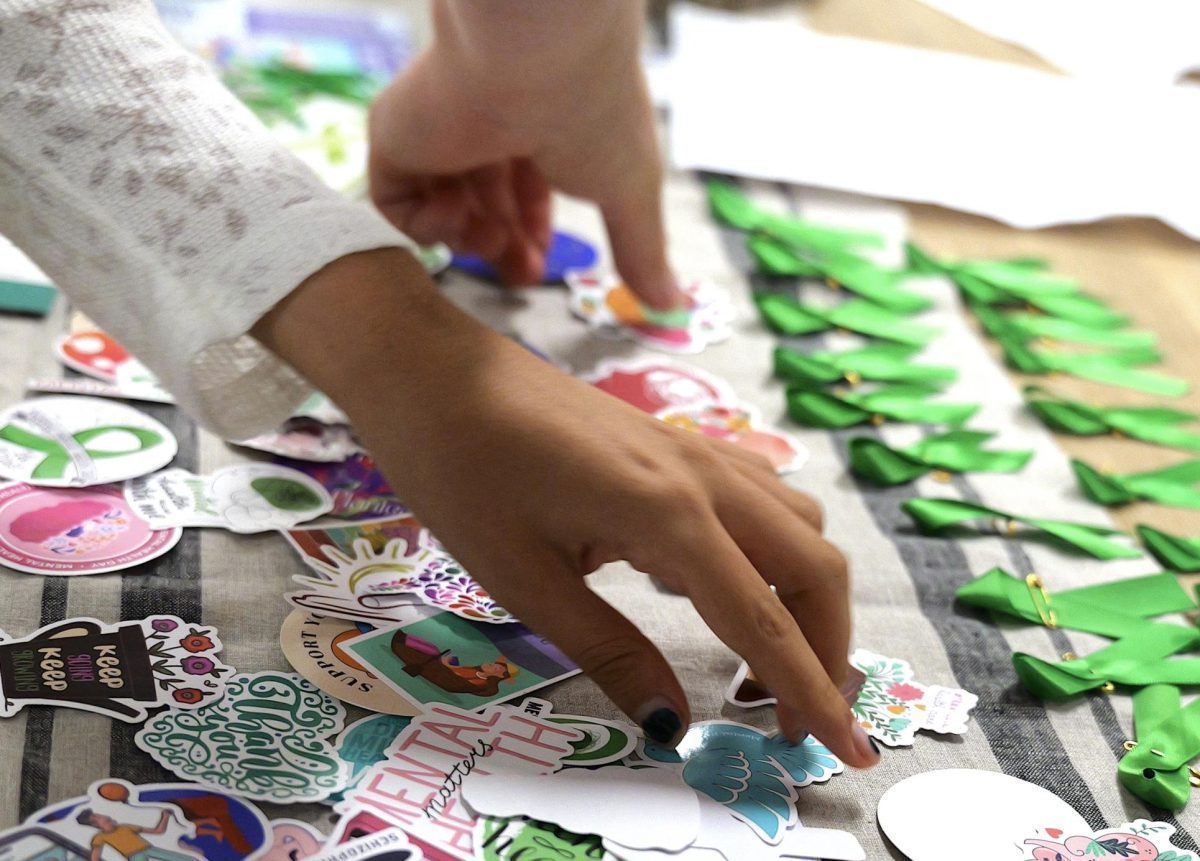
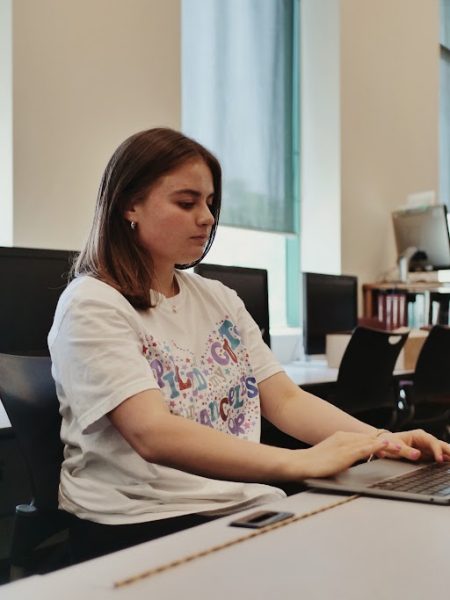
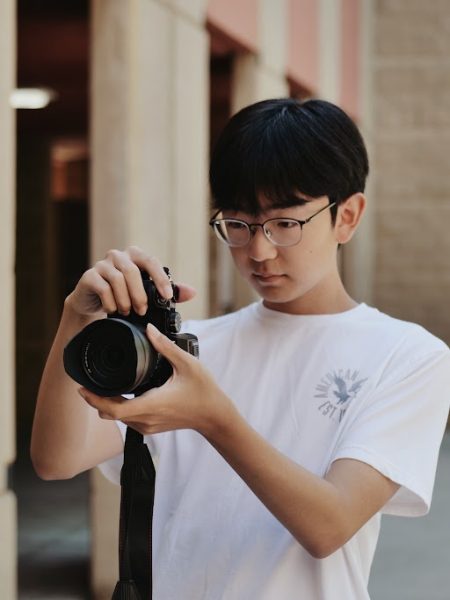
karen • Jan 14, 2025 at 2:28 pm
Amazing topic and article